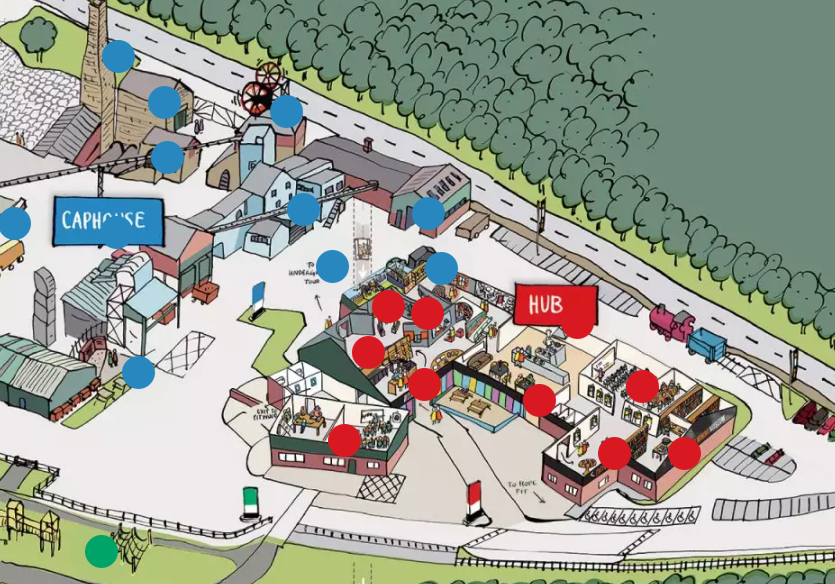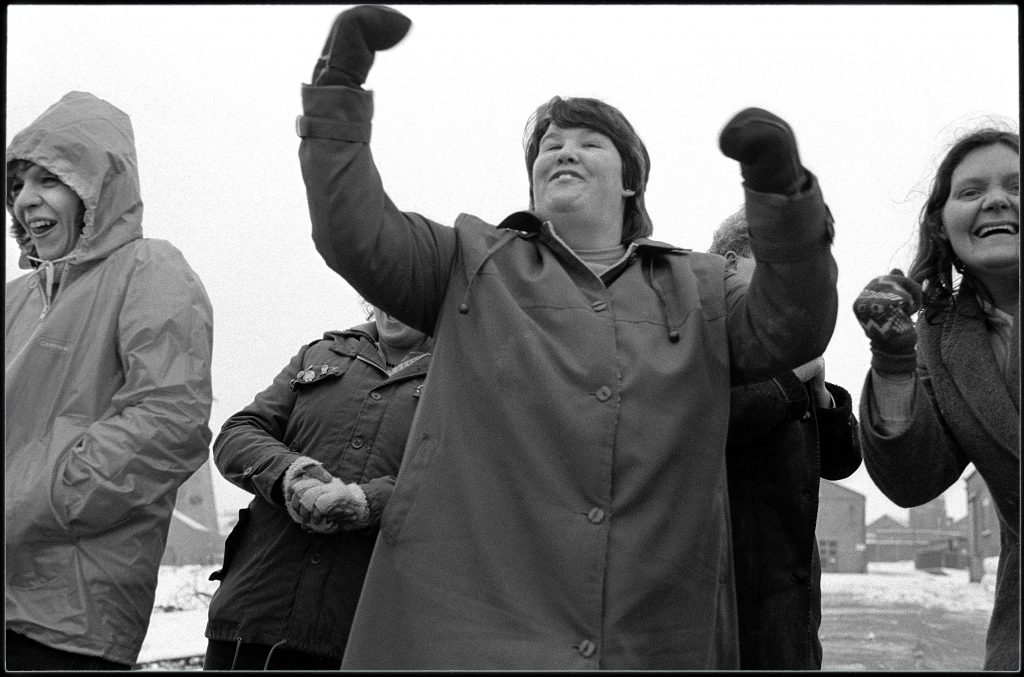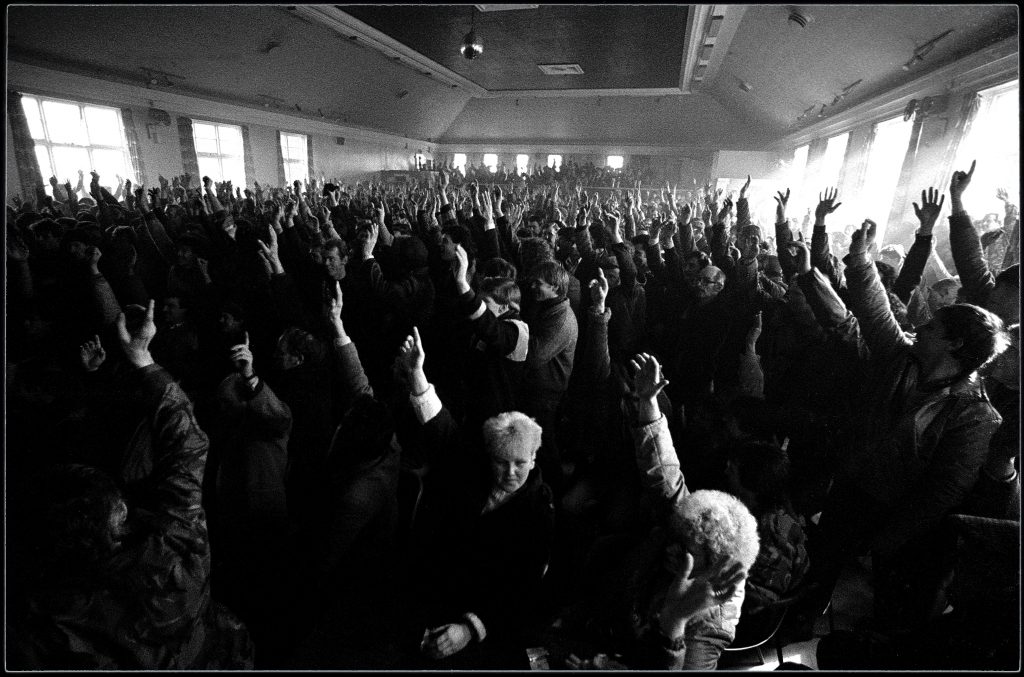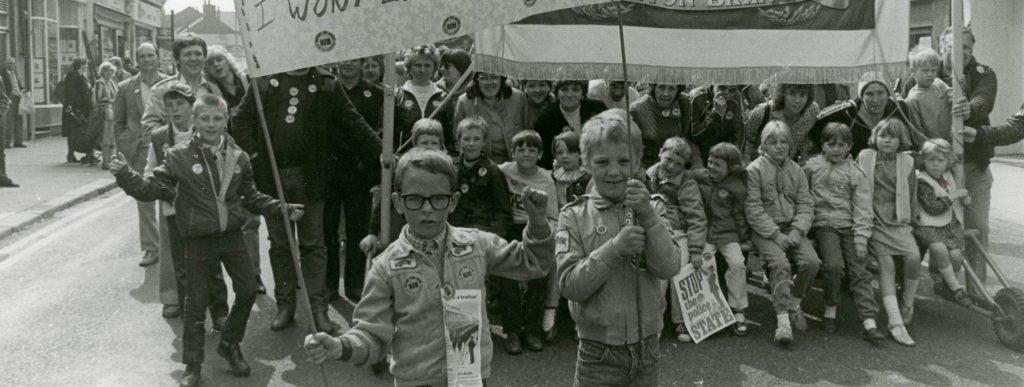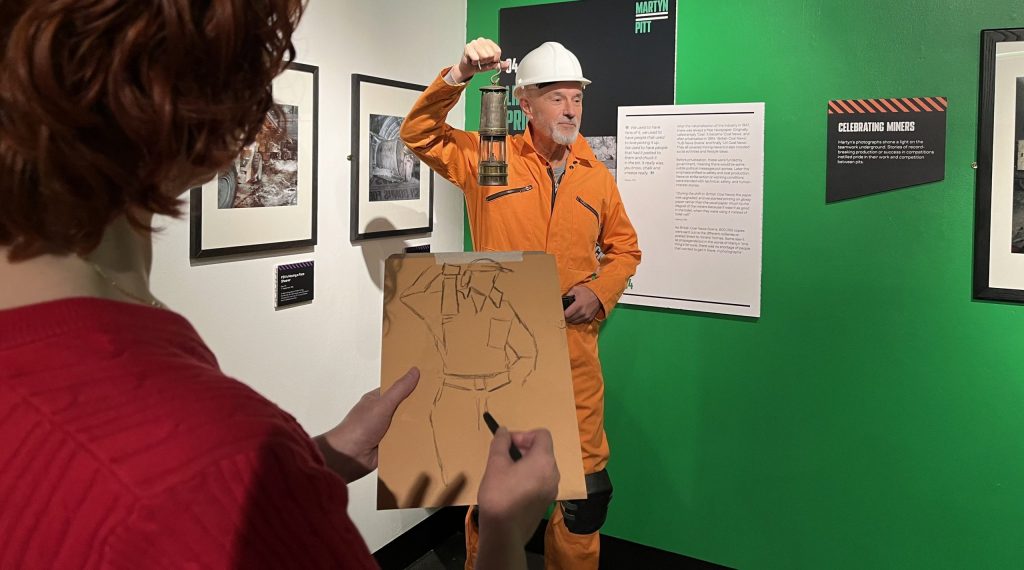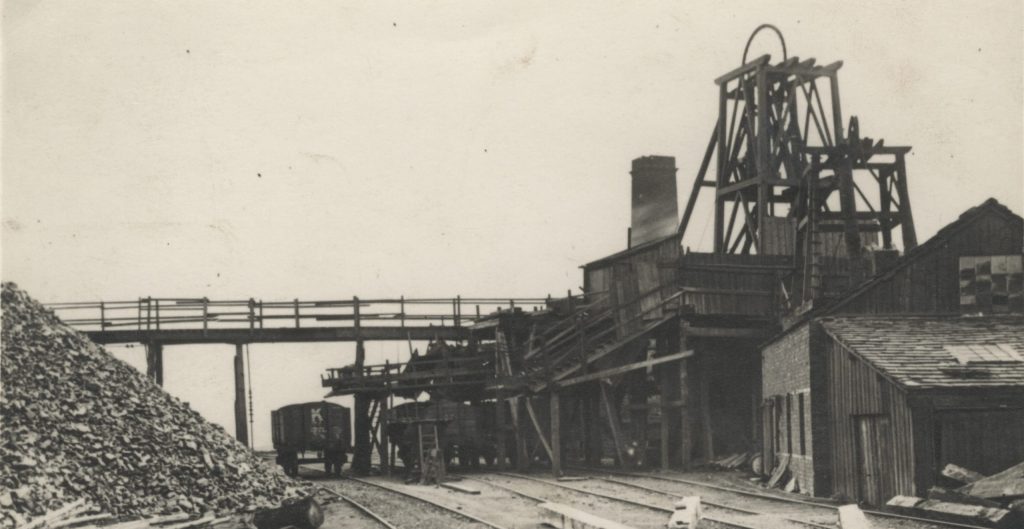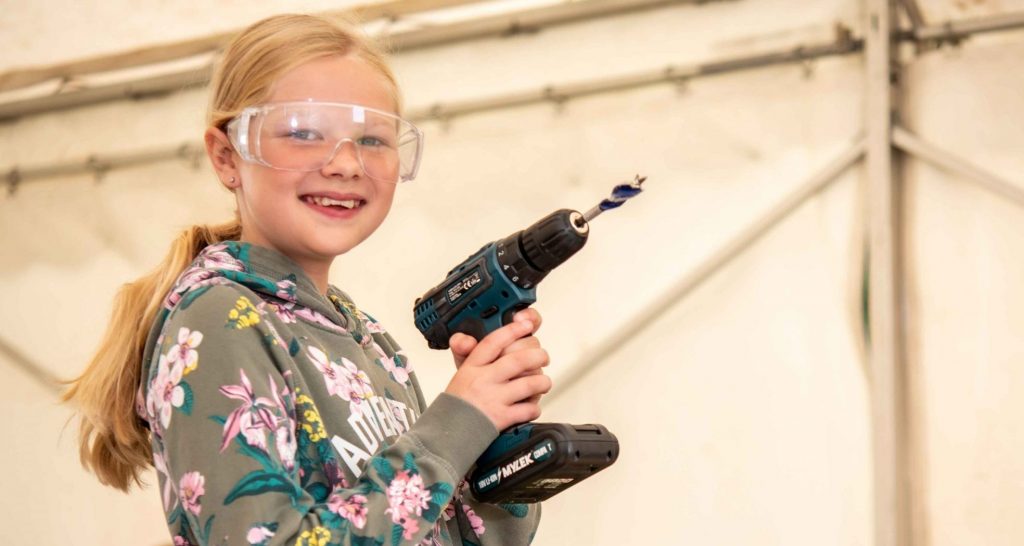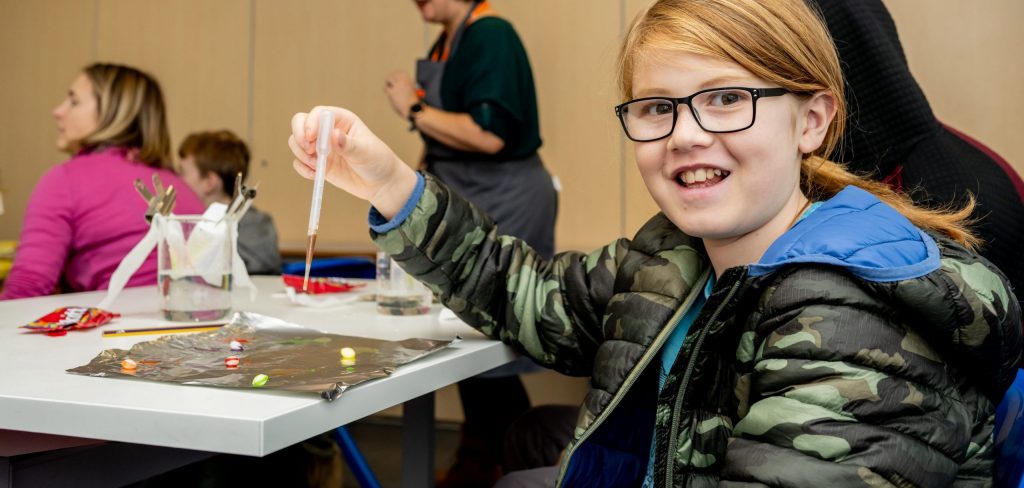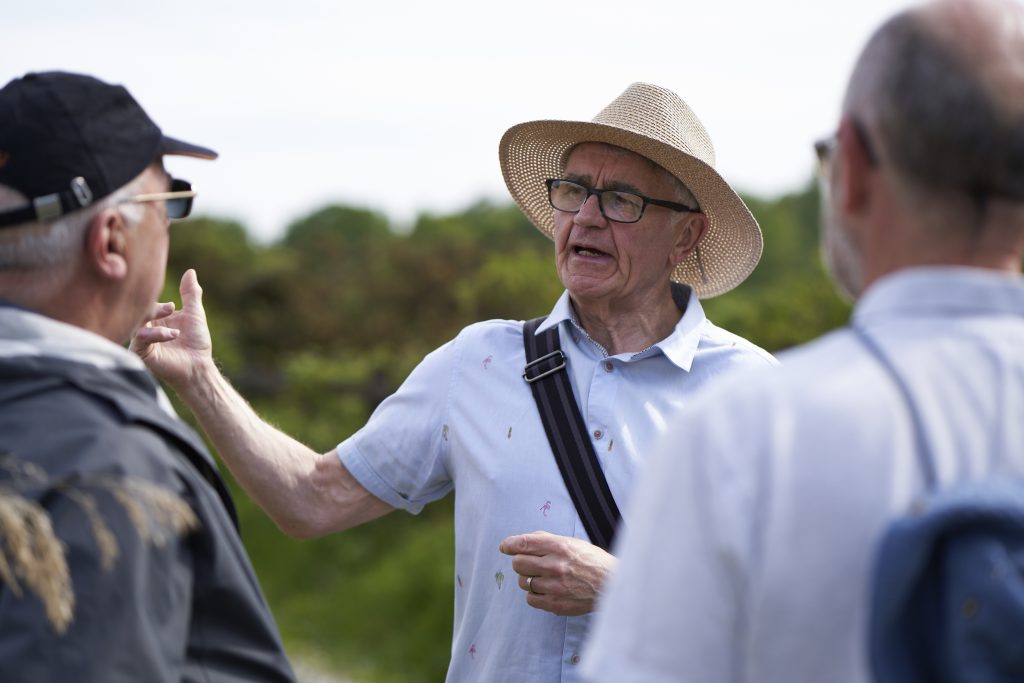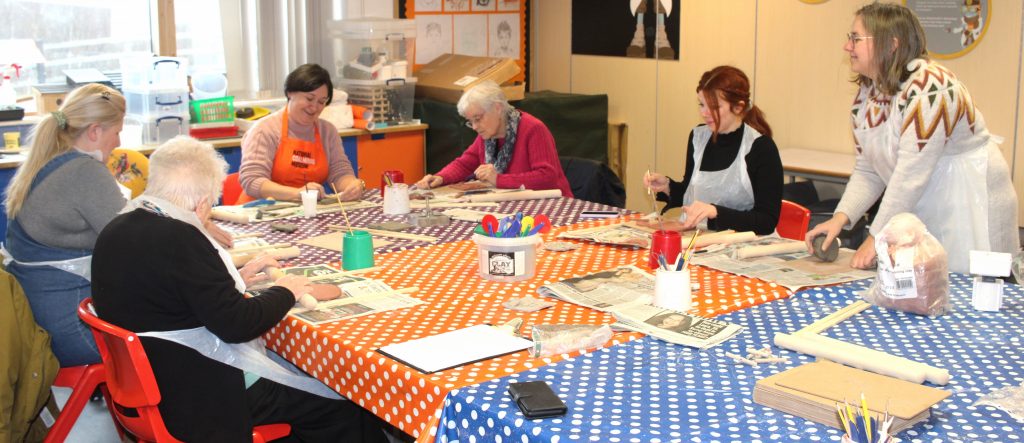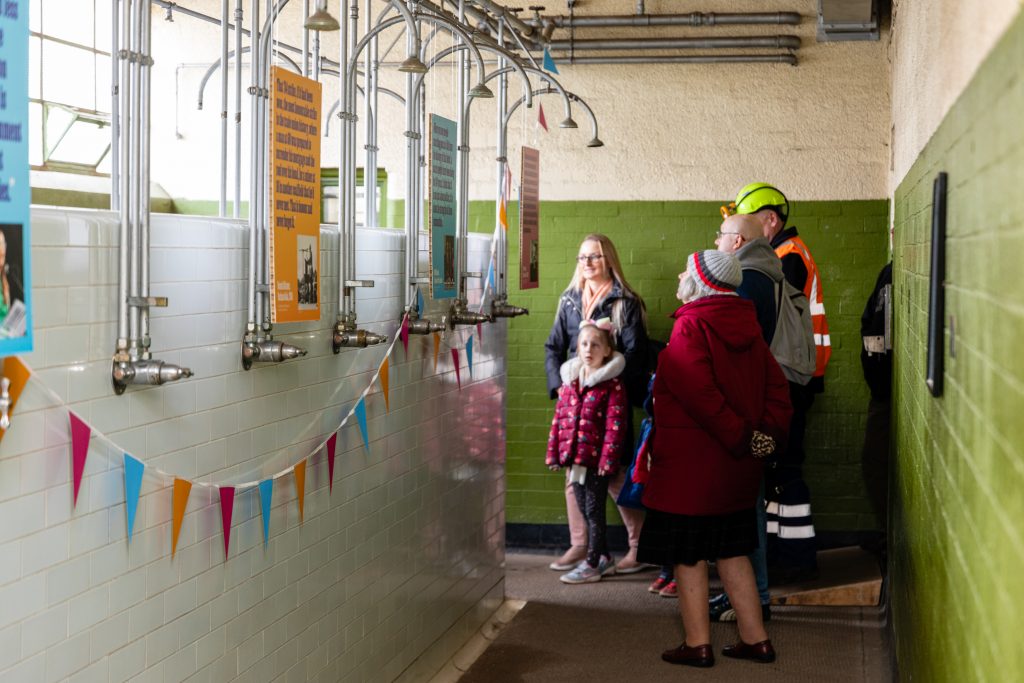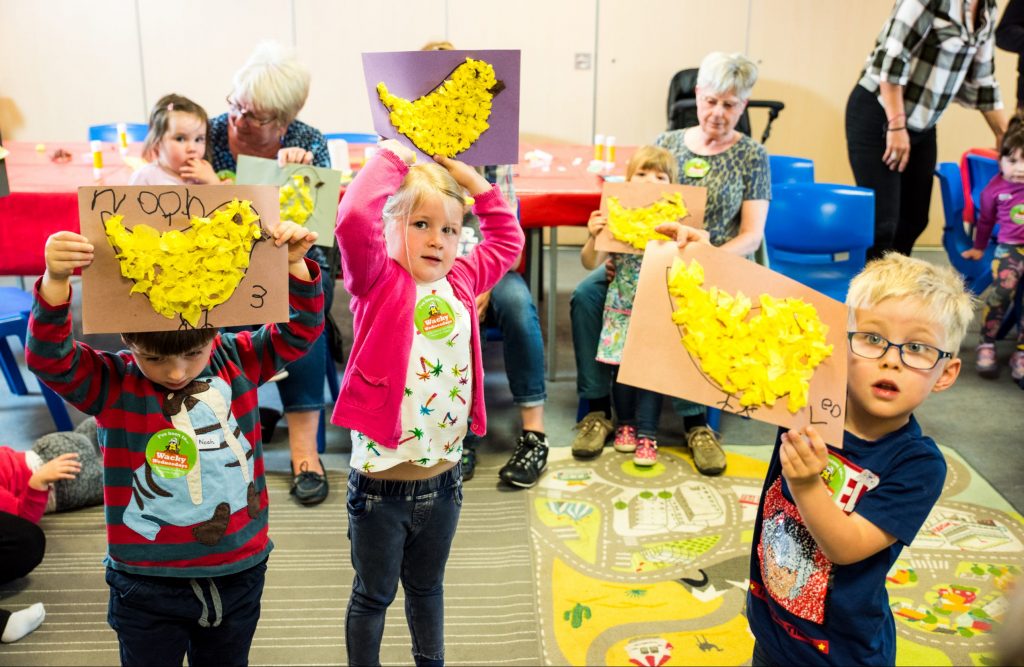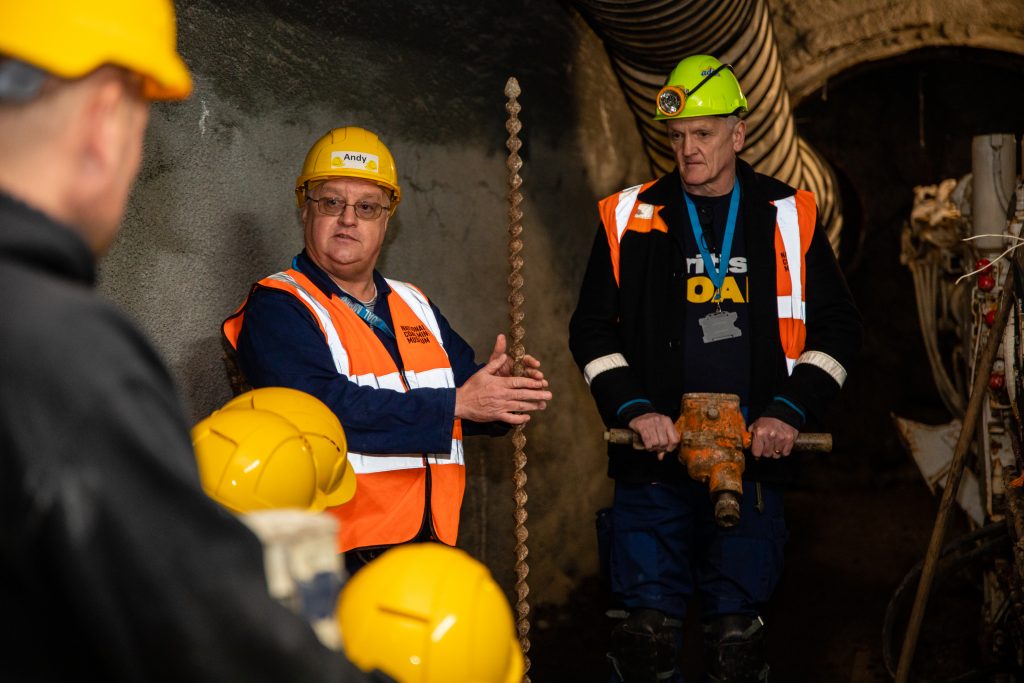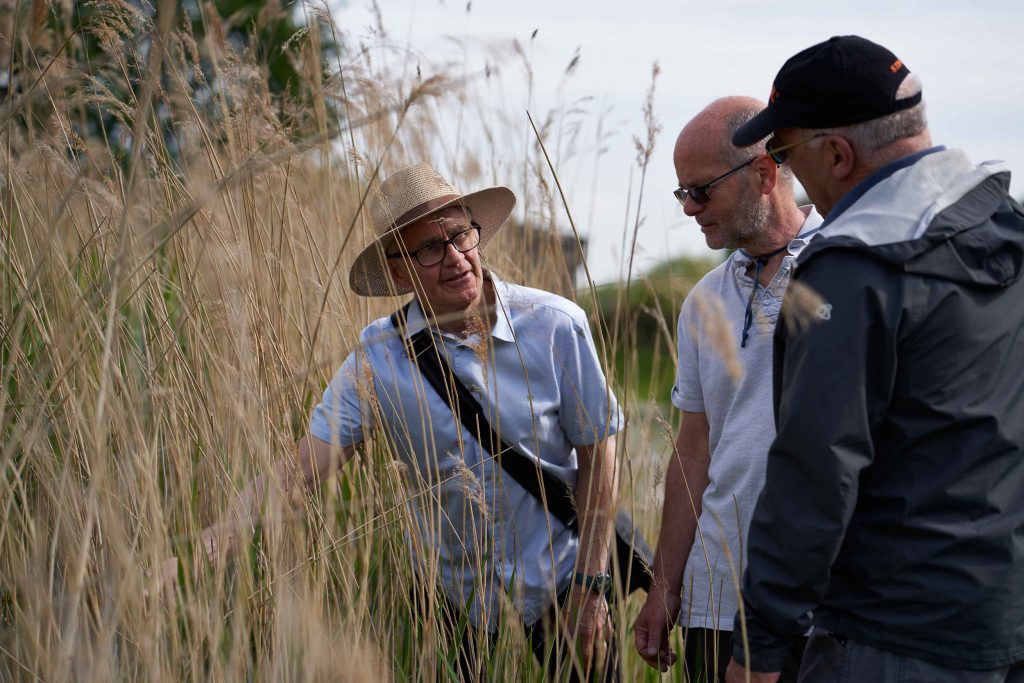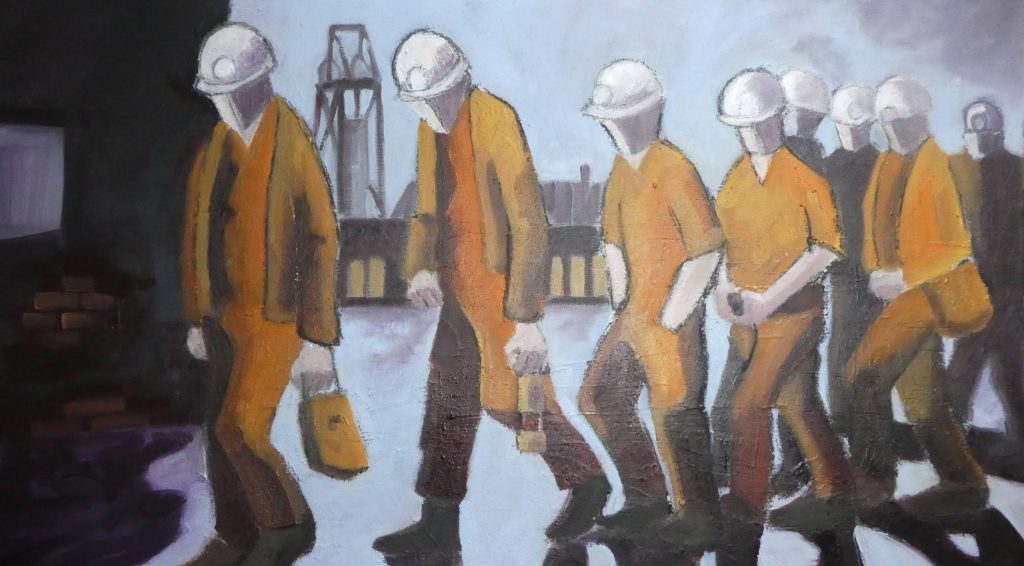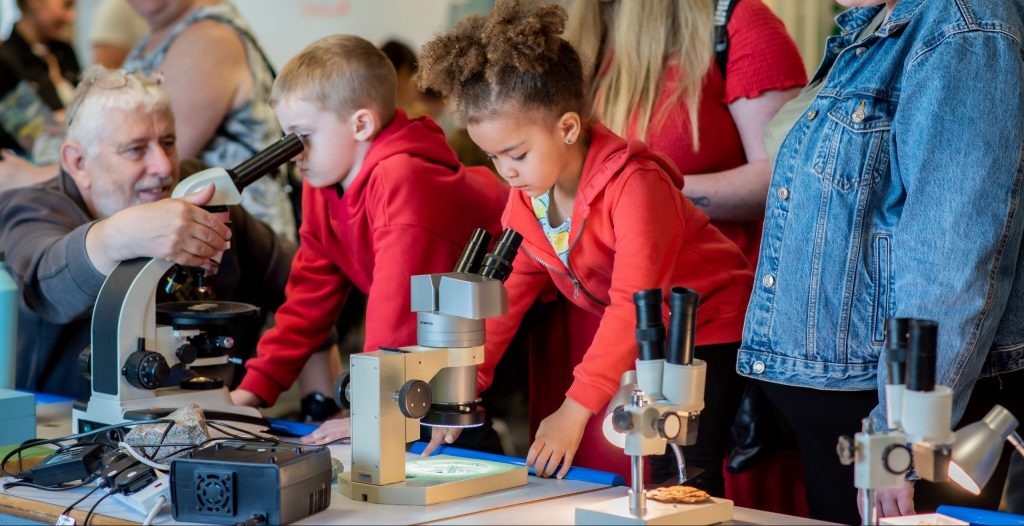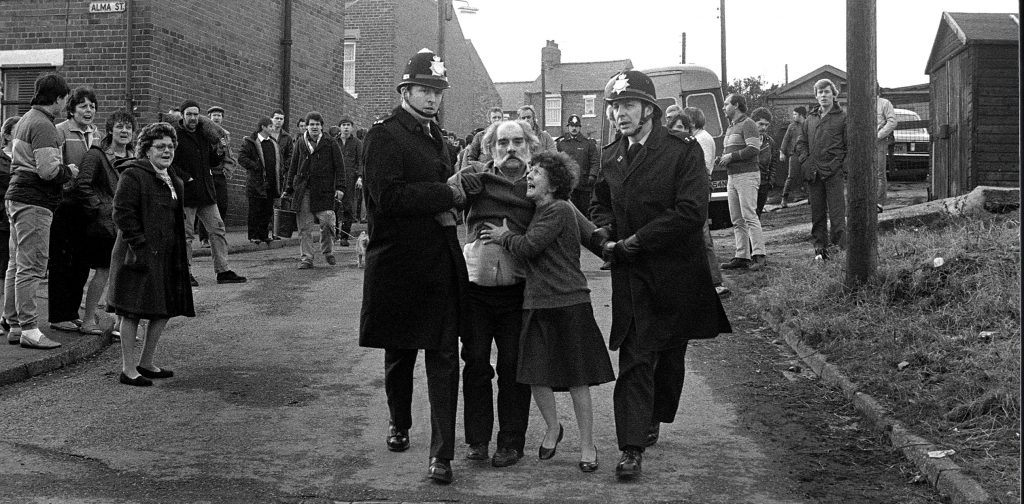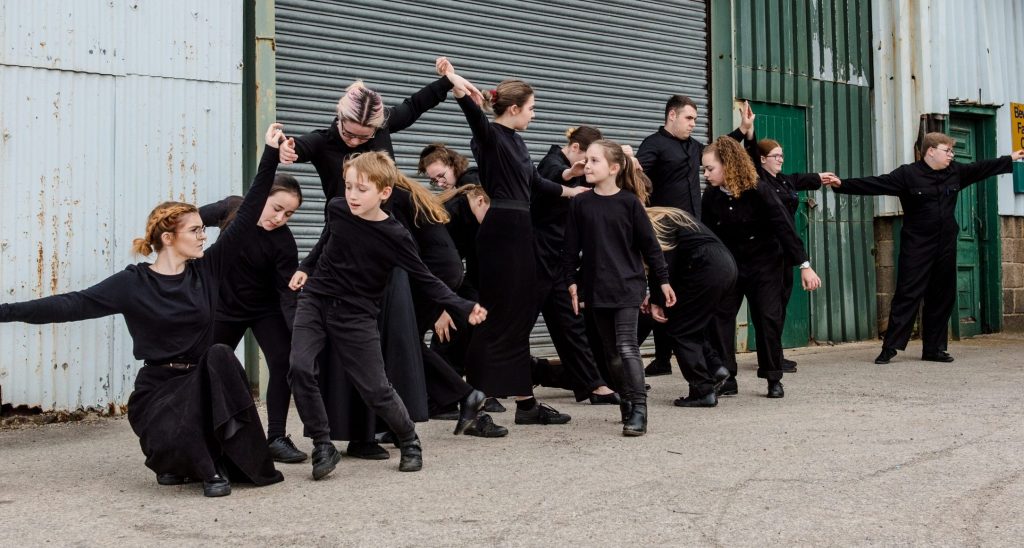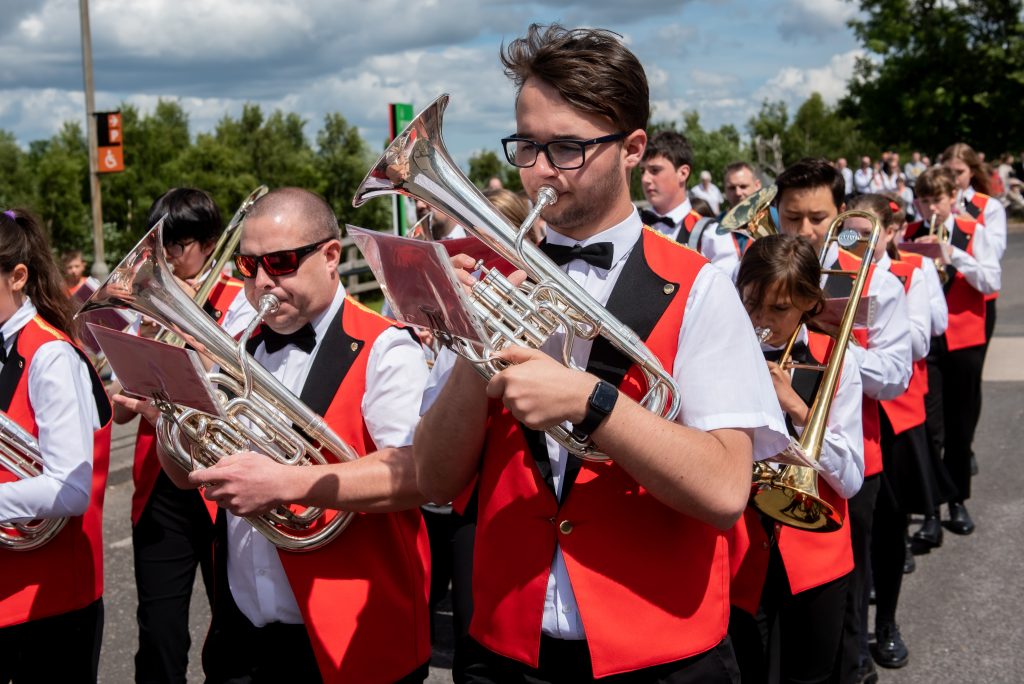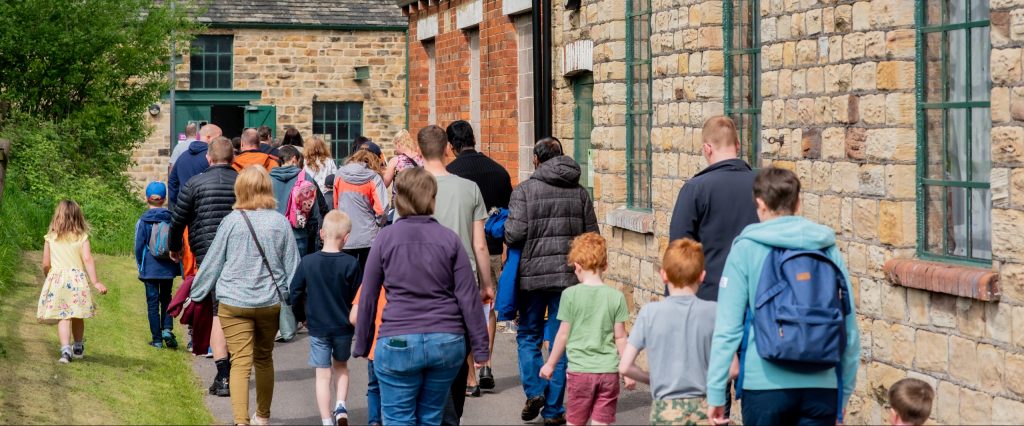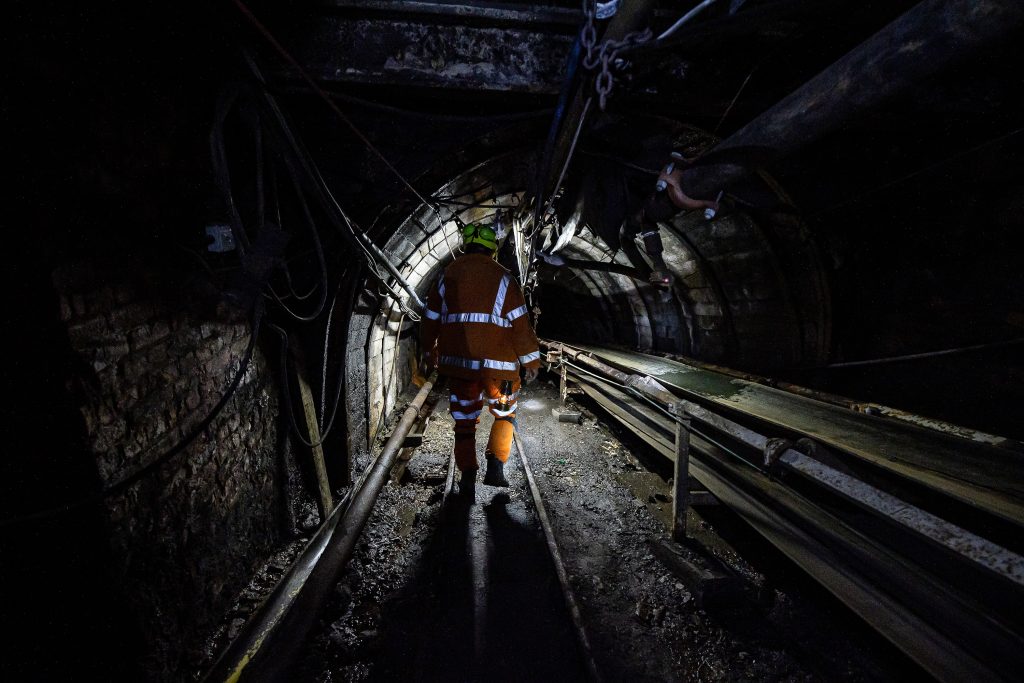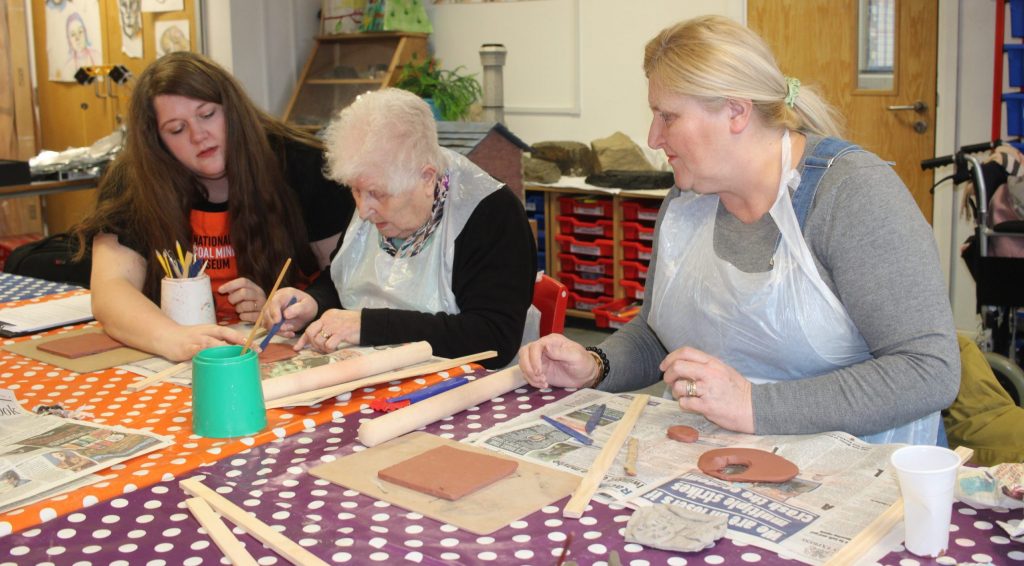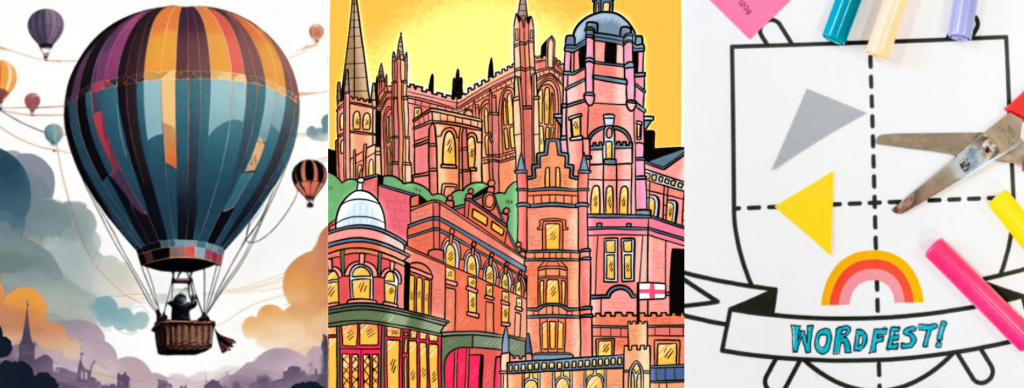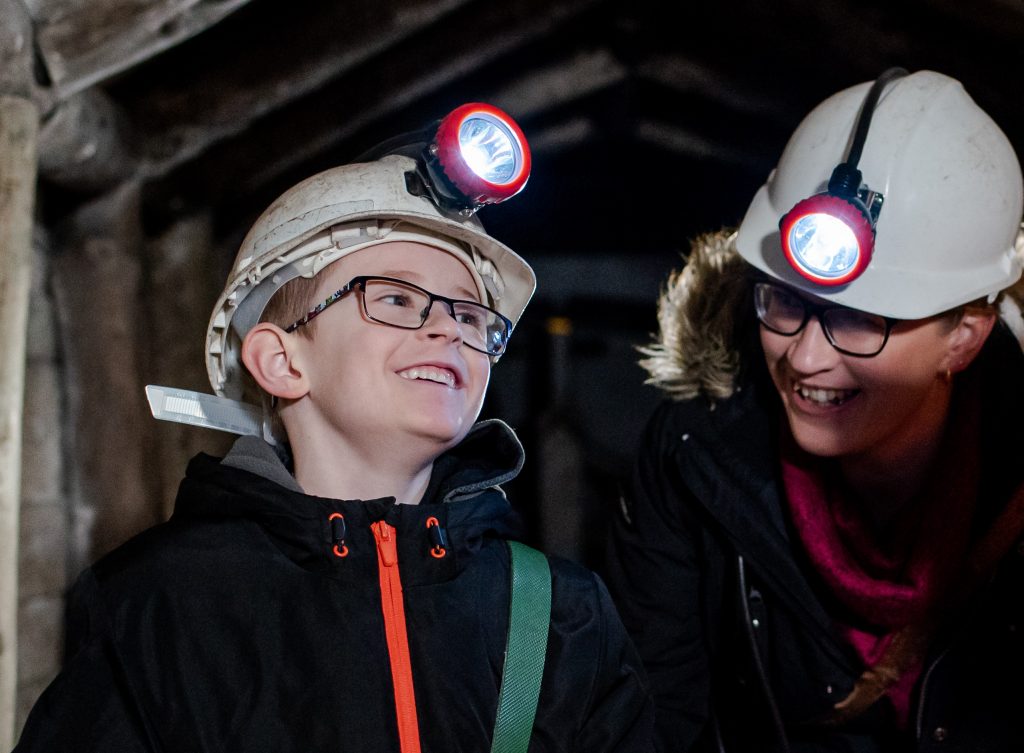
A great family day out
Journey 140m underground and discover 180 years of mining history. Find out about the people and communities at the heart of the industry and uncover how the miners lived at work and play. Explore acres of woodland, spotting plants and wildlife and find out how the excess water from the mine is cleaned and pumped back into a local river. Then let off some steam in our Adventure Playground!
Interactive Map
Plan your day out from the comfort of your home hearing from people who worked in the pits and lived in mining communities, glimpse at key objects from our collections and have a go at mining related activities.
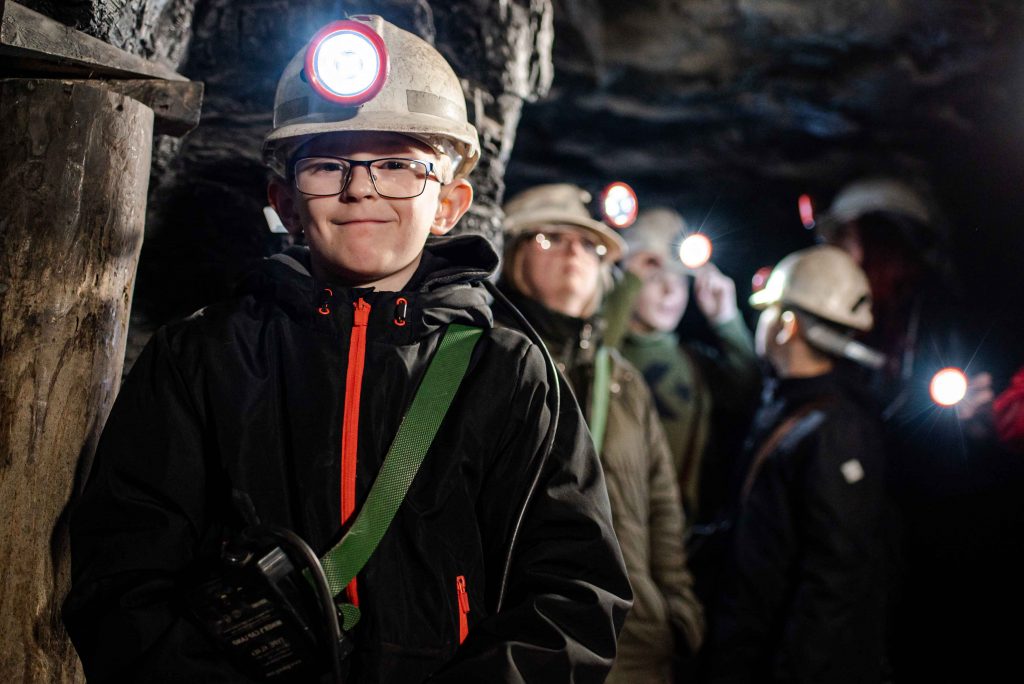
Visit us
Wednesday - Sunday
9:45am - 5pm
FREE but a small donation will help us keep the stories alive
What's on
